Hemophilia Treatment Size
Hemophilia Treatment Market Growth Projections and Opportunities
Hemophilia Treatment Market will have to a sale value of USD 17.3 billion by 2032 with a growth rate of 6% CAGR during next forecast period. The conflicting dynamics of the Hemophilia Treatment market is driven to a great extent by several market elements that interplay together. The main contributor to the situation is the gene characteristic of hemophilia, one of the rare diseases that cause inadequate clotting factor. Heredity is the major component factors of hemophilia which exist as an inter-generational mechanism. This means that there will be steady patients/population under the health care system. The genetic nature of hemophilia condition lies at the root behind the constant need for treatment and generation of corresponding market for hemophilia treatment.
The pharmaceutical industry makes a fundamental contribution in dictating the Hemophilia Treatment market position. The high level of R&D is committed to improving the existing forms of treatment and coming up with newer therapies for the more stringent needs of people living with hemophilia. The launch of novel coagulation factor products, as well as alternative ways to treat the disease, such as gene therapies, raises the competitiveness of the market. To grasp a bigger share of the market among other pharmaceutical companies, those who have the ability to offer more advanced and convenient ways for the management of hemophilia will emerge as winners.
Another important factor is the economy and it has major effects on the market structure of the hemophilia treatment as well. The exorbitant cost related to treating hemophilia starting from clotting factor concentrates through to the newly introduced products determines the subgroup, where the therapy is adopted. All the possible factors, which are the economic environment, healthcare expenditure patterns, and the insurance coverage contribute in the growth of the market. They do determine the patient's ability to acquire and afford the prescribed treatment for hemophilia. Derived from various economic factors, these considerations determine whether or not such therapeutic modalities are included in their daily clinical routine.
Educating people and their families by making them aware of the significance of early diagnosis and the need to adhere to the treatment while ensuring healthcare compliance works to get a good result. To erase hesitation and delays, healthcare specialists and advocacy groups handle initiatives to make sure the patients themselves and the public are aware, which results in a preemptive attitude to managing hemophilia and to accessing proper medical treatment.
Several factors have changed due to the advent of the technology in the future of hematology with the advent of gene therapies and the new phenomenon of improved clotting factor products in the quantity and quality. These technological advances do more than enrich the patient experience; they also offer health providers with tools to improve hemophilia management; Hemophilia treatment becomes more accurate and effective, thus improving the patients’ long-term expectations.
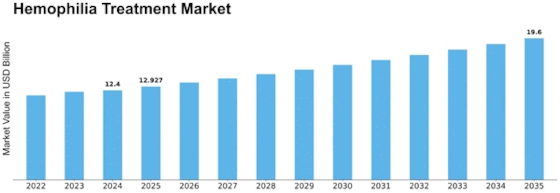

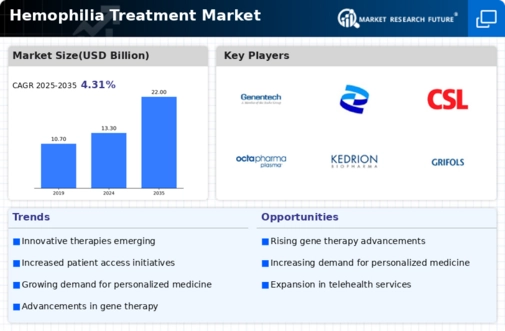
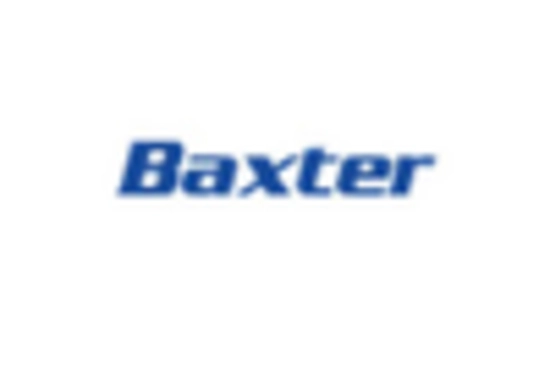

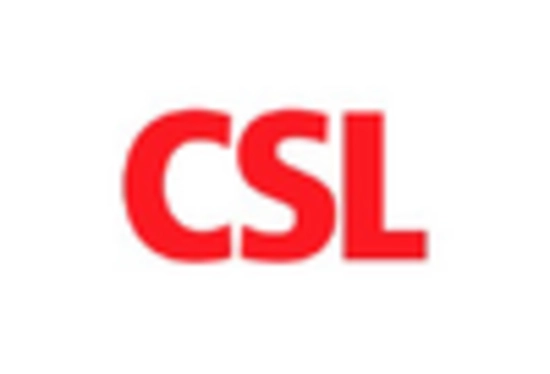
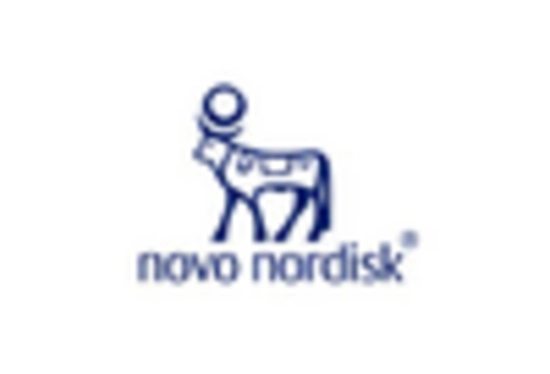



Leave a Comment